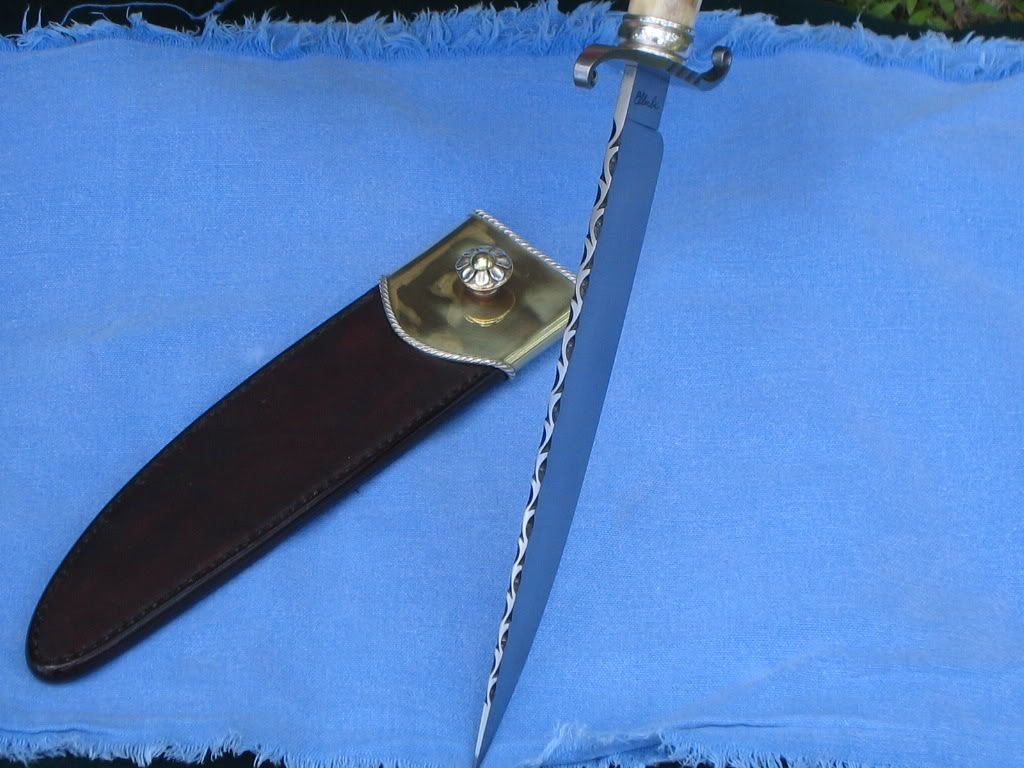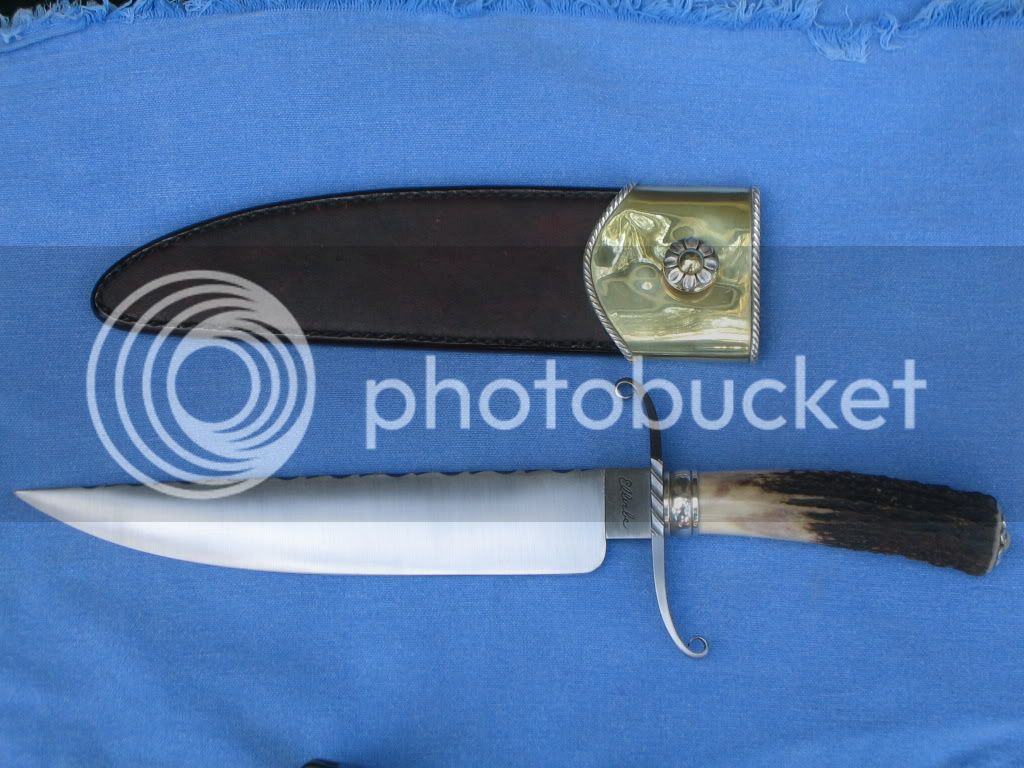Rasch Chronicles
32 Cal.
- Joined
- Sep 10, 2011
- Messages
- 20
- Reaction score
- 0
Hello Fellows!
I have several 'hawks awaiting me at home. The tiger stripe maple blanks are also waiting for me. New files, paper, and stones are there, but what I would like is some ideas on file work to embellish the 'hawks with.
Any tutorials out there that you all might recommend?
Best Regards,
Albert A Rasch
The Rasch Outdoor Chroniclesâ„¢
I have several 'hawks awaiting me at home. The tiger stripe maple blanks are also waiting for me. New files, paper, and stones are there, but what I would like is some ideas on file work to embellish the 'hawks with.
Any tutorials out there that you all might recommend?
Best Regards,
Albert A Rasch
The Rasch Outdoor Chroniclesâ„¢






